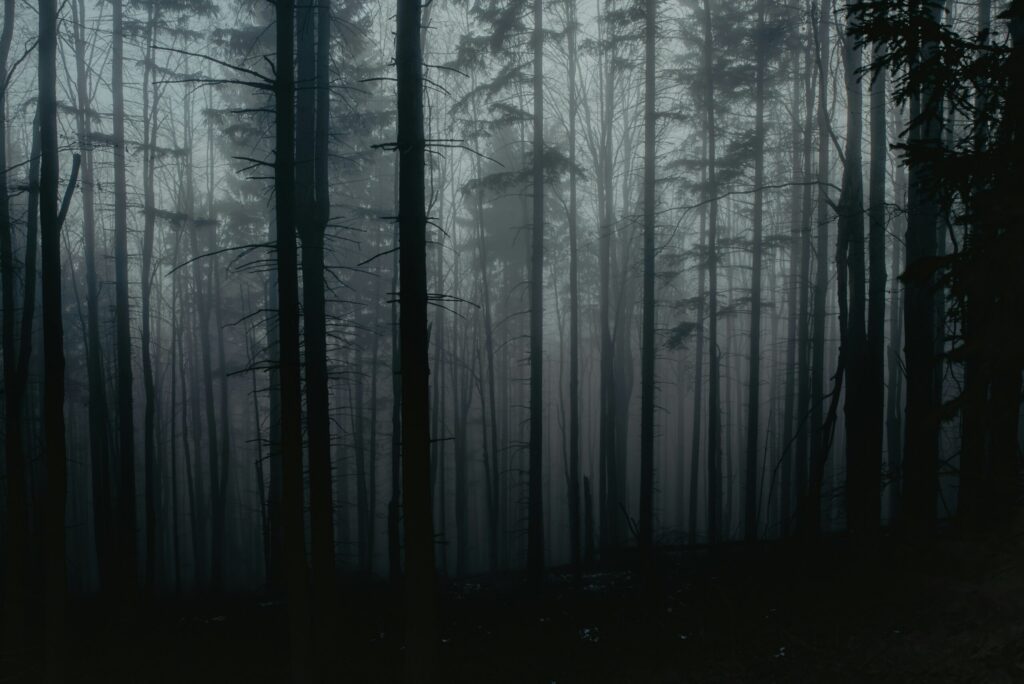A Revolutionary Moment in Horror Cinema
On January 26, 1999, The Blair Witch Project premiered at the Sundance Film Festival, forever altering the landscape of the horror genre. Directed by Daniel Myrick and Eduardo Sánchez, the film introduced audiences to a new way of storytelling through its groundbreaking use of the “found footage” style. Shot with handheld cameras, the film told the chilling tale of three filmmakers who venture into the woods to investigate a local legend, only to encounter a terrifying force. With its raw, minimalist approach, The Blair Witch Project became a cultural phenomenon, reshaping horror filmmaking and marketing in ways that still influence the genre today.
A New Style of Filmmaking: The Found Footage Revolution
The Blair Witch Project is widely credited with popularizing the found footage style, a filmmaking technique that presents the story as if it were discovered footage, often shot by the characters themselves. The film’s raw, documentary-like style contributed to its authenticity, making it feel more like a real event rather than a scripted movie. The shaky, unpolished camera work intensified the sense of unease, allowing the audience to experience the terror firsthand as if they were right there with the characters.
This innovative approach to horror filmmaking created a unique and immersive viewing experience, one that made audiences feel as though they were witnessing real events unfold. The success of The Blair Witch Project inspired a wave of subsequent found footage films, including Paranormal Activity and [REC], establishing the subgenre as a mainstay in horror cinema.
A Low-Budget Phenomenon: From Sundance to Global Success
Despite having a modest budget of only $60,000, The Blair Witch Project went on to gross nearly $250 million worldwide, making it one of the most profitable films of all time. The film’s success was propelled in part by its unconventional marketing strategy. Instead of relying on traditional marketing methods, the filmmakers used the power of the internet and viral marketing to generate buzz and build anticipation. Websites, forums, and online discussions were used to create a sense of mystery and realism, leading many to believe the events depicted in the film were real.
At Sundance, the film was met with a mix of intrigue and skepticism, but its unique approach and terrifying premise quickly captured the attention of festivalgoers. The buzz generated at Sundance helped propel The Blair Witch Project to a nationwide release, where it became a breakout hit. The film’s ability to tap into the internet age and utilize emerging marketing strategies set a new precedent for how indie films could be promoted and distributed, particularly within the horror genre.
Authentic Performances: A Gripping, Improvised Experience
For the cast—Heather Donahue, Michael C. Williams, and Joshua Leonard—The Blair Witch Project was a career-defining experience. The actors were largely given minimal direction, with much of their dialogue being improvised. This lack of structure, coupled with the isolation of filming in the woods with limited resources, created an atmosphere of genuine fear and distress. The actors’ raw, authentic performances helped to make the terror in The Blair Witch Project feel more visceral and believable, further enhancing the film’s ability to terrify its audience.
Donahue’s portrayal of Heather, in particular, became iconic, as her desperate search for answers and her emotional breakdowns felt painfully real. The film’s minimalist approach to character development allowed the actors to inhabit their roles in a way that was both natural and unsettling, amplifying the sense of dread as the group became lost and increasingly frightened.
A Grueling Production: The Making of a Horror Masterpiece
Behind the scenes, the making of The Blair Witch Project was a grueling and unconventional process. The filmmakers intentionally placed the actors in real, unsettling situations, leaving them in the woods with little direction or supplies. This method helped generate the fear and confusion that permeated the film, as the actors’ reactions to their environment were genuine. They had no idea what would happen next, allowing for moments of panic and anxiety that felt unfiltered and spontaneous.
The film’s minimalist approach extended beyond the acting to its production. The lack of elaborate special effects and heavy editing gave The Blair Witch Project a raw, unpolished aesthetic, making it feel more like a documentary than a traditional horror film. The sense of realism was key to its success, and the filmmakers’ decision to keep things simple and grounded in reality allowed the audience to project their own fears onto the events unfolding on screen.
Cultural Impact and Legacy
The Blair Witch Project had a profound cultural impact, influencing not only the horror genre but also the way films were marketed. The film’s innovative use of the internet for viral marketing helped to create an entirely new way of promoting films, particularly low-budget indie productions. The film’s success proved that a compelling story and creative marketing could overcome financial limitations, and it paved the way for other indie films to find success in the mainstream.
The film’s success also gave rise to a series of imitators, with many filmmakers experimenting with the found footage style in an attempt to replicate its success. While few films captured the same level of authenticity and terror, The Blair Witch Project remains a touchstone for the genre and is considered one of the most influential horror films of its time.
Conclusion: A Horror Classic for the Ages
The release of The Blair Witch Project on January 26, 1999, marked a turning point in horror cinema. Its innovative use of found footage, raw performances, and groundbreaking marketing strategies made it a cultural phenomenon that continues to resonate with audiences today. The film’s ability to blend realism with terror and its minimalist approach to storytelling set a new standard for the genre, influencing countless films that followed. The Blair Witch Project may have started as a modest indie film, but it went on to become a horror classic, forever changing the way audiences experience fear in cinema.


